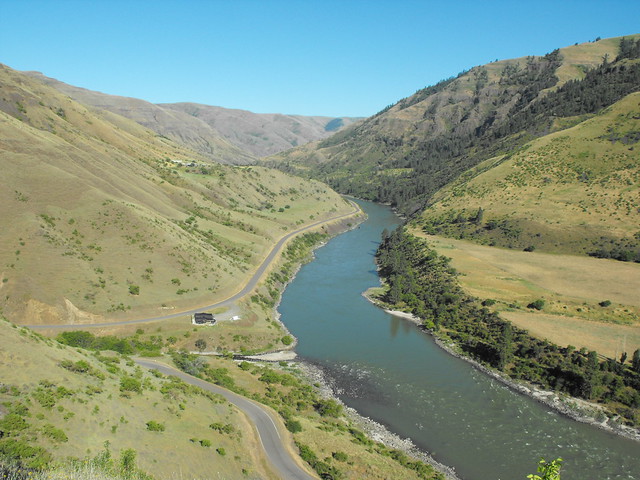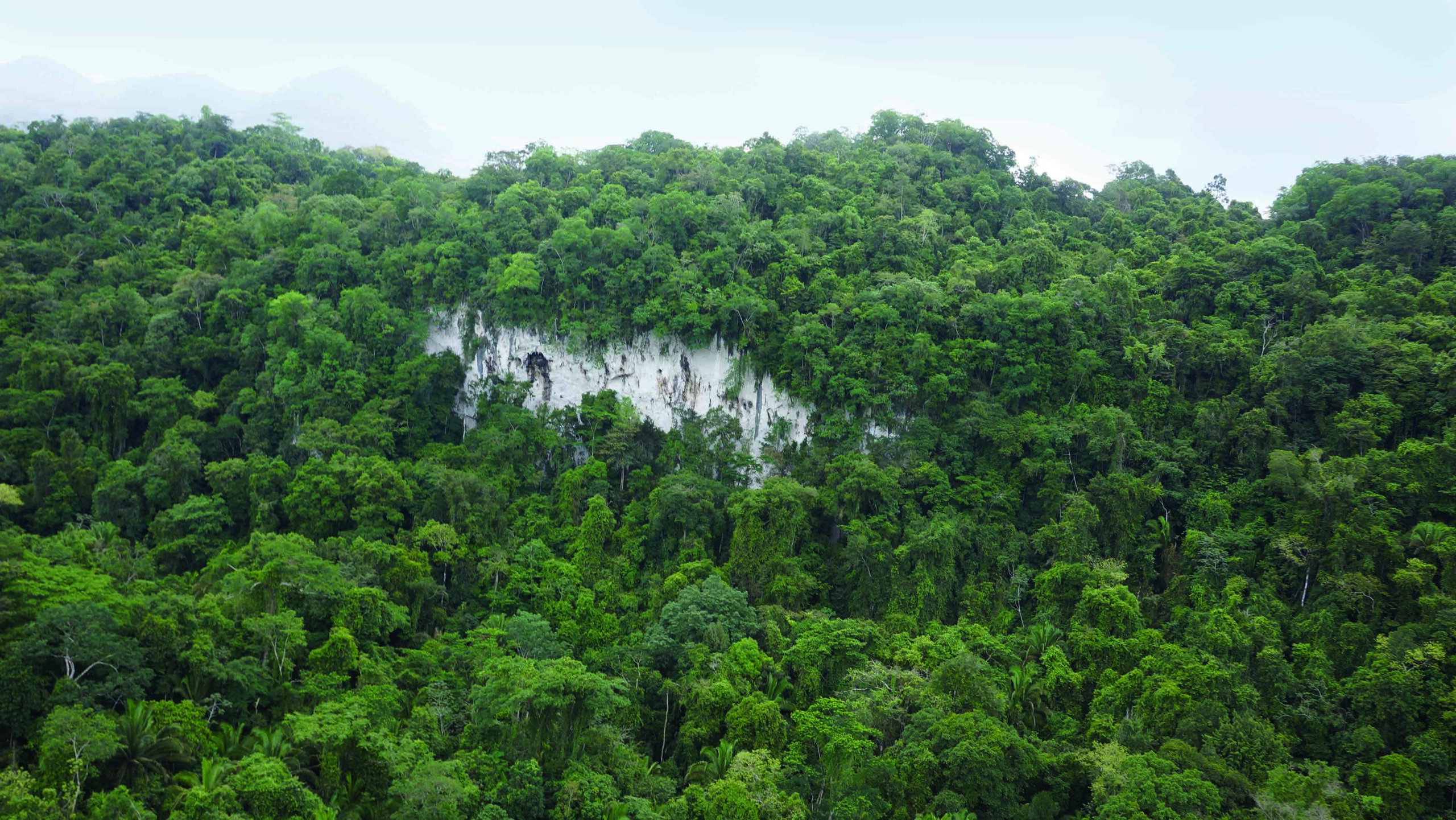
CORVALLIS, OREGON—According to a Live Science report, researchers led by Loren Davis of Oregon State University have unearthed stone tools, the butchered remains of an extinct horse, and a hearth or fire pit at the Cooper’s Ferry site, which is situated at the junction of Rock Creek and the lower Salmon River in western Idaho. Charcoal and bone samples from the site's oldest layers associated with human artifacts have been radiocarbon dated to between 16,560 and 15,280 years ago. The evidence, Davis suggested, indicates that people were living in western Idaho some 1,000 years before melting ice created a corridor through what is now the western United States. He said this increases the chance that the first Americans traveled in boats from Beringia down the Pacific Coast, then made their way inland via waterways. To read about evidence for the peopling of the Americas, go to "America, in the Beginning."










